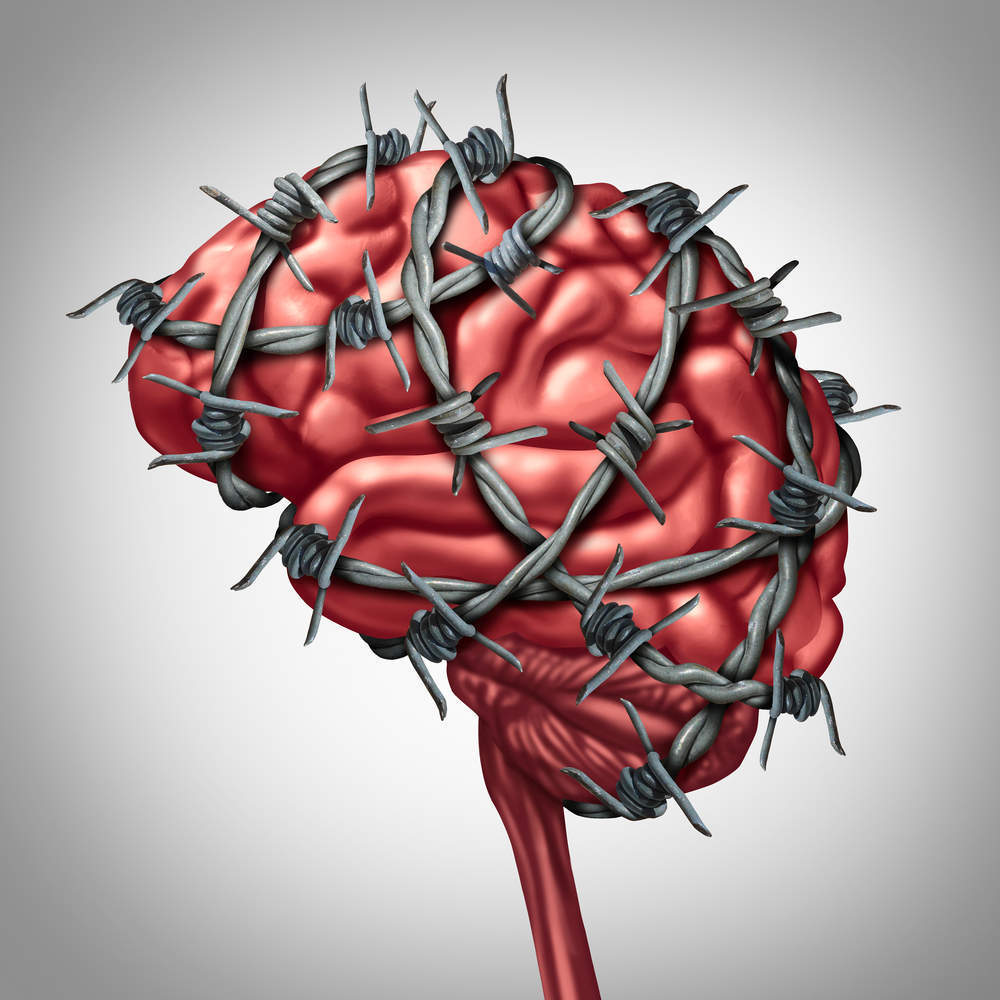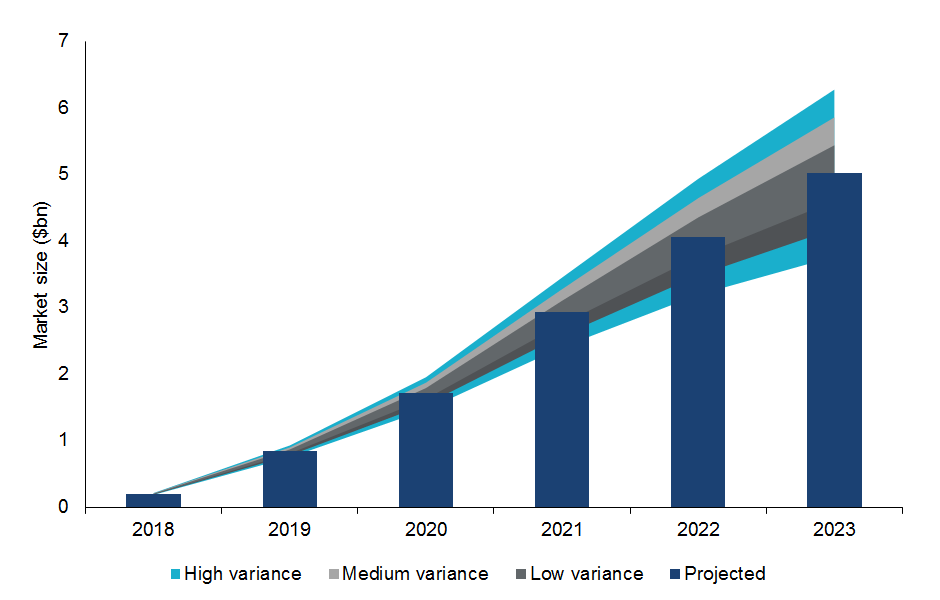
A breakthrough in migraine treatment is expected to create a $5bn dollar industry and improve the lives of millions of sufferers worldwide.
The condition can have an enormous impact on work, family and social lives, but current treatment options are limited.
Most drugs on the market focus on treating symptoms after a migraine begins.
Some drugs are already used for migraine prevention, but these are often anti-depressants or anti-seizure drugs that cause unwanted side-effects – or Botox, which is only approved for use in extreme cases and is very expensive.
What gives the new drugs their cutting edge?
A breakthrough drug class has been found to reduce the number of migraines per month in frequent sufferers.
Calcitonin gene related peptide (CGRP) receptor antagonists are currently undergoing clinical trials, and are expected to hit the market in 2018 and very quickly become immensely popular.
How well do you really know your competitors?
Access the most comprehensive Company Profiles on the market, powered by GlobalData. Save hours of research. Gain competitive edge.

Thank you!
Your download email will arrive shortly
Not ready to buy yet? Download a free sample
We are confident about the unique quality of our Company Profiles. However, we want you to make the most beneficial decision for your business, so we offer a free sample that you can download by submitting the below form
By GlobalDataThis target is thought to play a key role during migraines, conducting pain signals and making cells more sensitive.
Increased levels of CGRP have been found in patients suffering a migraine attack, and infusions of it have been shown to actually cause attacks in susceptible individuals, suggesting a pivotal role in the condition.
Head and shoulders above the rest
The drugs are injected once-monthly, and trials have shown that they lead to an average reduction of three migraine days per month.
Critically, these studies show this new type of drug to have very few side-effects.
If all goes well in the remaining trials then a 2018 market release is likely.
The drugs will represent a radical improvement in migraine treatment, and market growth will be explosive.

A total annual revenue of $5bn could be reached as early as 2023, making them the most commercially successful pain-related drugs in the world.






